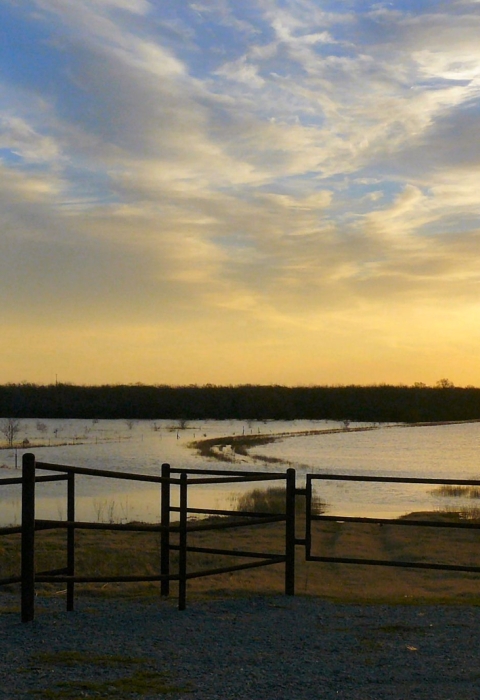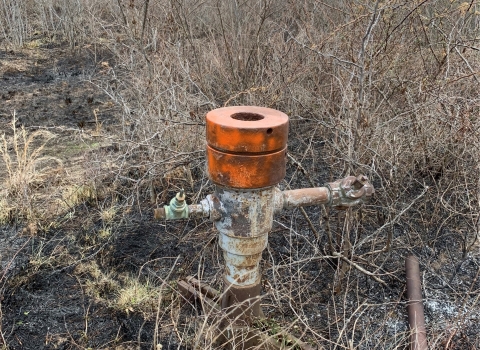Visit Us
Deep Fork National wildlife refuge offers us all a chance to unplug from the stresses of daily life and reconnect with our natural surroundings.
Location and Contact Information
About Us
The Deep Fork National Wildlife Refuge was established in 1993 to protect one of the last remaining remnants of bottomland hardwood forest in Oklahoma. Centered largely in the floodplain of the Deep Fork of the North Canadian River, the refuge extends along approximately 34 miles of the river in a northwest-southeast direction. The refuge is approximately 100 miles east of Oklahoma City and 35 miles south of Tulsa. US Highway 75 runs north and south through the Refuge, and Interstate 40 runs east and west roughly 2.5 miles south of the southern Refuge boundary. The refuge is bounded on the west by the Okmulgee Wildlife Management Area and on the south by Eufaula Wildlife Management Area, both of which are administered by the Oklahoma Department of Wildlife Conservation.
Our Species
Deep Fork National Wildlife Refuge provides habitat for a variety of birds, mammals, reptiles, amphibians, fish and birds. Whether you are searching for one of the 149 species of birds amongst the trees or fishing for catfish in the river, there is something for everyone to see and experience.

